WEBINAR
ANSI/NCSL Z540-1/3-1994 and ISO/IEC 17025:2017
A Comparison of ANSI/NCSL Z540-1/3-1994 and ISO/IEC 17025:2017
Understanding ANSI/NCSL Z540-1/3-1994 and ISO/IEC 17025:2017 are key to your organization if you are performing calibrations supporting military contracts.
Z540-1 has been an American National Standard since 1994. Part I of Z540-1 is based on the ISO/IEC Guide 25. Part II of Z540-1 is based on MIL-STD 45662A and was included to meet U.S. Department of Defense requirements. Though MIL-STD 45662A was cancelled in 1995, its requirements are still met through the Z540-1 as well as through ISO 10012-1, Quality Assurance Requirements for Measuring Equipment. In July 2001, the Z540-1 writing committee voted “to re-affirm Z540-1 1994 without changes. That reaffirmation continued Z540-1 for five more years.” Z540-1 was withdrawn as a standard but is still in force with many military contracts.
Z540.3 was developed after 17025 was revised in 2005 to replace Z540-1 as modifying it would have effectively changed many military contracts which was deemed unacceptable. Z540-1 was instead withdrawn although still accepted in the industry. Z540.3 was reaffirmed in 2012. Z540.3 was withdrawn when it came due for review and revision as 17025:2017 was seen to be adequately equivalent by military stakeholders. Z540.3 also remains in force with its inclusion in military contracts.
In this webinar, not only will we discuss the history of Z540 from its origins in Mil-Std 45662A, but we will highlight some of the key similarities and differences between Z540-1 and Z540.3 with ISO/IEC 17025, focusing on how these interface with measurement, calibration, and testing services, and how your organization can provide competent measurement services.
Key Takeways
- The History of Z540 from its origins in Mil-Std 45662A
- Z540’s importance and place within ISO/IEC 17025
- Everyday application within Metrology of Z540
Who Should Attend:
Anyone involved in Calibration and Measurement Test Equipment or their use.
Presenter: Randy Long

Randy L. Long enlisted in the U.S. Navy in November of 1983 opting for accelerated training in the Aviation Electronics (Avionics) field, after which Randy was assigned to the U.S. Navy’s Advanced Electrical-Electronic Measurements (PMEL) and Microwave Measurement calibration schools in Denver, Colorado in December of 1985. Upon graduating at the top of his class, he immediately started his calibration career in a one-man laboratory in Christchurch, New Zealand where he learned “the hard way” by breaking out the books. This lab earned 3 consecutive “Outstanding Activity” awards during his 2.5-year assignment there.
Randy worked in several commercial and manufacturing calibration laboratories before joining ANSI National Accreditation Board (ANAB) as an Accreditation Manager for Calibration Laboratories and EMC Testing Laboratories and Inspection Bodies where his duties consist of assessment team allocation, assessment package review, assessor evaluation and training, laboratory assessment, internal auditing, and participating in the Accreditation Council (AC). Randy has undergone ISO/IEC 17011 training and has taken on responsibilities for APAC and IAAC peer evaluations of other Accreditation Bodies.
Randy participates in several standards development organizations, including NCSL, ASME, ASTM, C63®, and SAE. Randy is also a member of the board of directors of the Mishawaka Historical Museum in Northwest Indiana founded by his mentor Don Heirman.
